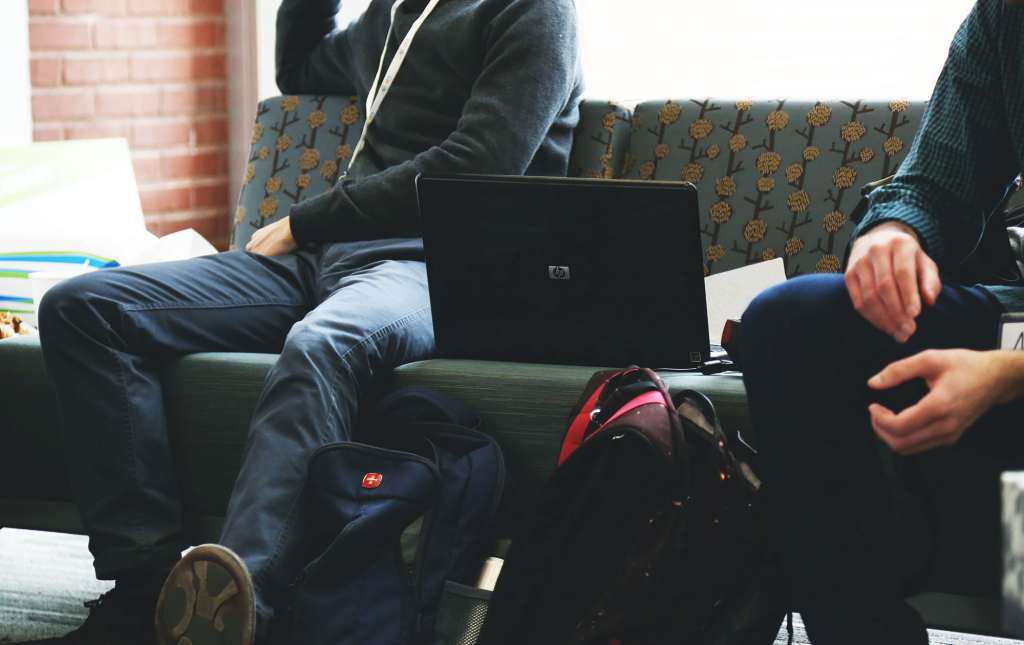“A new day, a new security issue” could well be the mantra of the internet, and that’s something kids will soon face, but with a few cybersecurity skills, they may be more prepared than the rest of us.
At least once a week, we’re alerted to a new security scare. Whether it’s a new scam, an attempt at social engineering, or something bigger and deeper, security issues plague the web, because where there are people, there’s a chance to remove money from those people, and that’s something cybercriminals are more than happy to do.
That means “people” need to be clued in to do what they can to throw criminal attempts off, to stop malware and security exploits from taking hold, and that starts in childhood.
Like most things, learning this sort of lesson and what to look for makes a lot of sense as a child, allowing the lesson to gain these skills early on, as it will help them later in life. Even today, adults struggle with the cybersecurity lesson, the idea that they not only need a form of security software because security issues can be pervasive, but also because they may not know what to look for, and what not to click.
It’s a tough lesson for adults, because it’s one that can result in quick problems, as ransomware can lock down your files the moment you click, while social engineering can take over your social feed. And that’s just the beginning, because in business, security scares have greater repercussions.
Getting these lessons into kids from an early age therefore makes an immense amount of sense, and turning these lessons into skills has become a focus for schools.
And today — February 6 — it makes even more sense, as educators around the country partake in Safer Internet Day.
Schools around the nation should all be doing something, and over in Melbourne, Australia’s inventors of WiFi — the CSIRO — will be grabbing its programming aficionados from Data61 to show students at Melbourne Girls College how data is changing the world, and how to stay safe online, providing a cybersecurity quiz to demonstrate why these skills are relevant to their everyday life.
“Through the quiz, students will be able to connect how using social media or browsing the internet can relate to what they learn in the classroom and their daily activities,” said Mary Mulcahy, Director of CSIRO’s Education and Outreach.
It’s just part of what the CSIRO runs as its “STEM Professionals in Schools” program, helping students connect to engineers and professionals from government and industry to understand the importance of Science, Technology, Engineering, and Mathematics (STEM).
And it’s not just about the students, either.
We said earlier that these lessons are vital for adults, too, as it prevents them from misclicking, and from knowing what they’re doing. As teachers, however, it also helps them to not only feel better about their own skills, but relay that to their students.
“Learning firsthand from a STEM professional what they do in the workplace and applying these skills to support the delivery of the school curriculum has improved my confidence in STEM subjects, and has increased the knowledge of my students,” said Wendy Keen, a Science Teacher at Melbourne Girls college and a volunteer in the CSIRO’s STEM Professionals in Schools program.
“In high schools, most students have access to a digital device, so to be exposed to world-class researchers to help students increase their STEM learning and stay safe is extremely valuable,” she said.
Across the country — and indeed the world — schools will be doing different things, but with the 2018 Safer Internet Day theme being “a better internet starts with you”, kids and adult alike don’t have to do much to start the learning process: they just have to want to make the internet a better place, and act on it.







